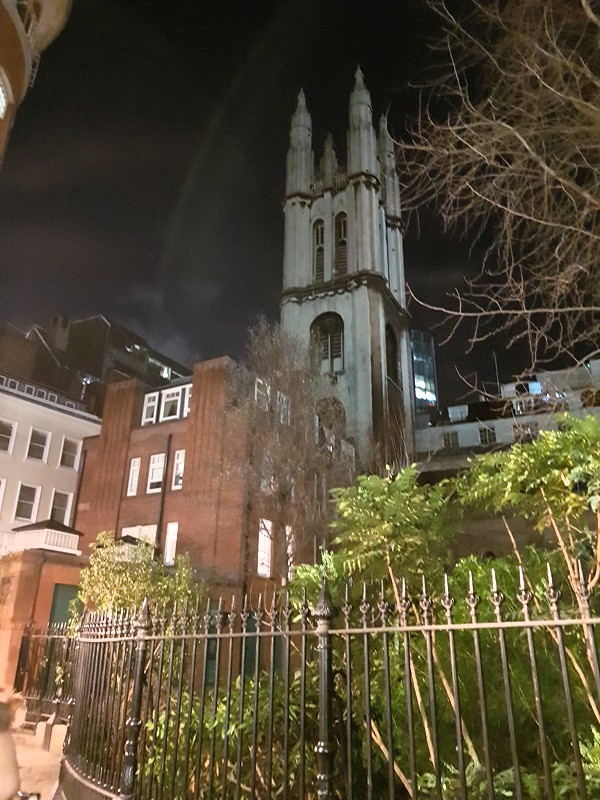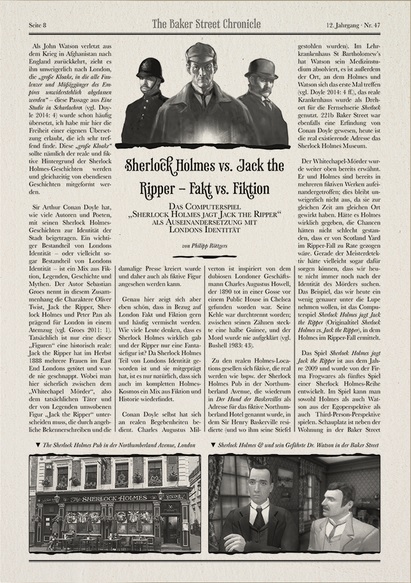by Dorothee Schröder
Ironmonger Lane is a short, narrow one-way street in the City of London, running between Cheapside in the south and Gresham Street in the north. Its history goes back to Roman times, as excavations have uncovered the remains of Roman buildings as well as a mosaic.
In the medieval period, ironmongers settled in the lane, giving it its name. First recorded as Ismongerelane, the name derives from isen, an old word for iron. The trade of ironmongery flourished here until the late 16th century, when the ironmongers moved to Thames Street.
Close to the Guildhall, Ironmonger Lane once provided one of only two approaches to the site, the other being Lawrence Lane. Because the street was so narrow, two vehicles could not pass each other, which created difficulties for dignitaries travelling to the Guildhall. After the Great Fire of London in 1666, Christopher Wren designed King Street to create an additional route from Cheapside.
It is said that Thomas Becket was born in a house on the corner of Ironmonger Lane and Cheapside. A blue plaque on one of the buildings commemorates him. His family owned land at the southern end of the lane, where the hospital of St Thomas of Acon was founded in 1227. On the same site stood the Mercers’ Hall, home to the Mercers’ Company, which represented traders of wool, linens and silks. The Mercers became patrons of the hospital and held ceremonial meetings in its chapel.
During the Great Fire, both the Mercers’ Hall and the nearby churches of St Martin Pomary and St Olave were destroyed. St Olave was rebuilt but later demolished in 1892, leaving only the tower, which still survives. The Mercers’ Hall was also rebuilt but was finally destroyed during the Blitz.
Modern in appearance yet steeped in history, Ironmonger Lane stands as a quiet reminder of the City of London’s enduring layers of time.
Cover picture: Ironmonger Lange (Photo: Philipp Röttgers)




